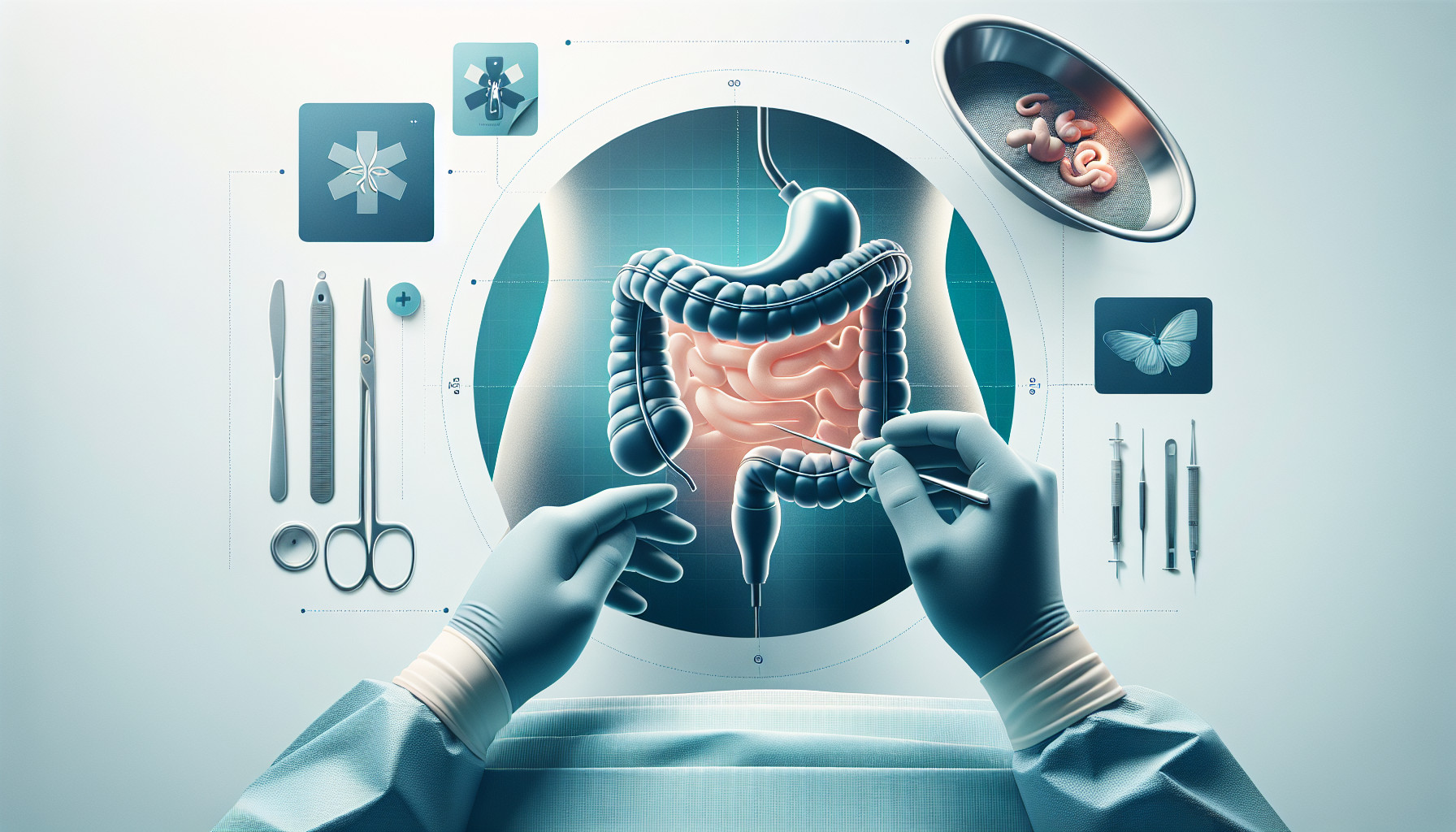Our Summary
This research paper examines the occurrence of a particular type of cell division in the colon, specifically in people with long-lasting ulcerative colitis (UC), a type of inflammatory bowel disease. The researchers were looking at a specific form of cell division in the colon, where the cells divide unevenly (asymmetric fission), as opposed to dividing evenly (symmetric fission).
The study looked at tissue samples from seven patients with UC who had undergone a colectomy (surgical removal of the colon). They found that in the majority of cell divisions, the cells were dividing asymmetrically.
The researchers suggest that the symmetric division could be the body’s way of trying to replace cells in areas of the colon affected by chronic inflammation. However, the asymmetric division could be a sign of a disease process, potentially leading to abnormal changes in the tissue (dysplasia).
The study concludes with a recommendation that this finding of asymmetric cell division should be included in the pathological report for colectomy patients with UC, as it might provide valuable information about the disease process.
FAQs
- What type of cell division were the researchers examining in this study on ulcerative colitis?
- What were the findings of the study regarding cell division in patients with UC who had undergone a colectomy?
- Why do the researchers recommend including the finding of asymmetric cell division in the pathological report for colectomy patients with UC?
Doctor’s Tip
A helpful tip a doctor might tell a patient about colectomy is to make sure to follow post-operative care instructions closely, including taking prescribed medications, monitoring for any signs of infection, and gradually reintroducing solid foods into their diet. It’s also important for patients to attend follow-up appointments with their healthcare provider to monitor their recovery and address any concerns or complications that may arise.
Suitable For
Patients with long-lasting ulcerative colitis who have undergone a colectomy are typically recommended for the procedure due to the potential risk of dysplasia and other abnormal changes in the colon tissue. Additionally, patients who have not responded well to other treatments for UC may also be recommended for a colectomy to alleviate symptoms and improve their quality of life.
Timeline
Before Colectomy:
- Patient experiences symptoms of ulcerative colitis such as abdominal pain, diarrhea, rectal bleeding, and weight loss.
- Patient undergoes various tests and imaging studies to diagnose the condition.
- Patient may be prescribed medications to manage symptoms and reduce inflammation in the colon.
- If medications are not effective or if complications arise, patient may be recommended for colectomy surgery.
After Colectomy:
- Patient undergoes surgery to remove the colon.
- Patient may experience post-operative pain and discomfort.
- Patient requires a hospital stay for recovery and monitoring.
- Patient undergoes follow-up appointments with healthcare providers to monitor healing and adjust treatment as needed.
- Patient may need to make dietary and lifestyle changes to adapt to life without a colon.
- Patient may experience changes in bowel habits and digestion.
- Patient may require ongoing medical management and monitoring to prevent complications and maintain overall health and well-being.
What to Ask Your Doctor
Some questions a patient should ask their doctor about colectomy in the context of this research paper include:
- What is the significance of asymmetric cell division in the colon for patients with long-lasting ulcerative colitis?
- How does the presence of asymmetric cell division in the colon tissue samples from colectomy patients impact their long-term health outcomes?
- Are there any specific symptoms or risks associated with asymmetric cell division in the colon after a colectomy?
- What steps can be taken to monitor and address any potential complications related to asymmetric cell division post-colectomy?
- How will the findings of this research paper impact my postoperative care and follow-up appointments?
- Are there any additional tests or screenings that should be done to further assess the presence of asymmetric cell division in my colon tissue?
- How can I ensure that my pathology report accurately reflects the presence of asymmetric cell division in my colon tissue samples?
- Are there any specific lifestyle changes or treatment options that should be considered in light of this research on asymmetric cell division in colectomy patients with ulcerative colitis?
Reference
Authors: Rubio CA, Schmidt PT. Journal: J Clin Pathol. 2021 Sep;74(9):577-581. doi: 10.1136/jclinpath-2020-206694. Epub 2020 Dec 16. PMID: 33328181
